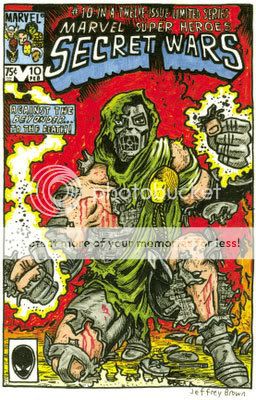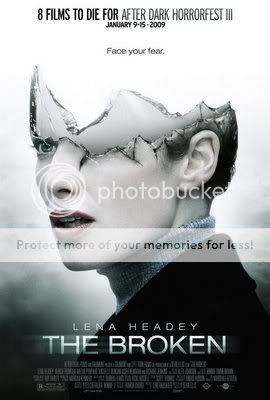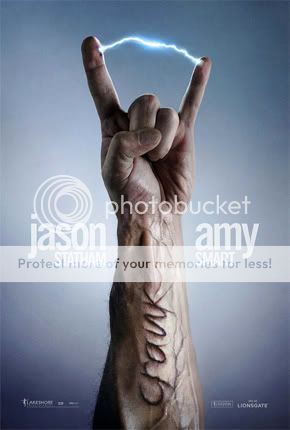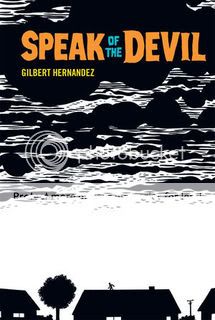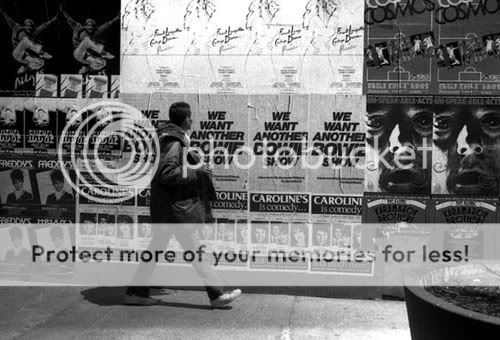* My pal Kevin Mahadeo got himself a nice little get: An interview with Grant Morrison about the fairly momentous events of Final Crisis #6 on the day FC #6 was released. I particularly liked this exchange:
On the soap box side of things, for me, there’s been a long [stretch] of comics trying to be about the streets and about realism and dealing with the Bush Administration. We wanted to follow more popular culture, which is going in a more psychedelic direction, to use the want of a better word. I think things are starting to get a bit crazier again and people are enjoying stuff a little bit more—the fantastical and demanding of the imagination. I think that’s what we’re trying to do. Final Crisis #7 is almost inventing a new style. We had widescreen comics and decompression and super-compression. This is channel-zapping comics.
For every comic and series you tackle, you always ask questions about what the character means and where the character can go. Is that what you’re seeing in Final Crisis, where can comics go?
MORRISON: Yeah. In particular with superhero comics. Once you’ve seen “Iron Man” and “The Dark Knight,” why bother doing realistic superheroes because now the movies can do them better than anyone. I kind of feel that what it does is free up comics to be a little bit wilder. We’ve got great artists who can sit there with their pencils and draw anything. They’re not limited by budgets. We shouldn’t be following the storytelling techniques of Hollywood because they can do it really well. Comics can do all kinds of other things. They can be really crazy and wild and can really stretch the imagination and be really progressive.
* Speaking of the comics one assumes Morrison was speaking of, there’s been a lot of talk on this blog and elsewhere about the tone-deafness of Secret Invasion and Dark Reign, specifically how rapacious asshole and obviously batshit-crazy evil serial killer Norman Osborn was appointed King Shit of SHIELD Mountain by Barack “Change We Can Believe In” Obama in his first act as the Marvel America’s President. For me at least, this undercut the quick cash-in Spider-Man thing they did for the rubes where Barry gives Spidey dap. However, somebody or other told me that if the solicits for Thunderbolts are any indication, Obama’s role in that infamous Osborn decision–its actual depiction limited, if I recall, to coloring the hand of the otherwise off-panel President brown–is going to be or has already been retconned, and that upcoming storyarcs will feature Obama’s attempt to thwart his predecessor’s decision to put the Green Goblin in charge of stuff while GG will attempt to assassinate Obama. For what it’s worth.
* Some top-notch comics people have posted their Top Comics of 2008 lists. Here’s Frank Santoro’s. Here’s Douglas Wolk’s.
* Speaking of Top Whatever of 2008 Lists from top-notch people, Jason Adams–my favorite horror blogger, when he blogs horror–lists his top horror movies and top indelible (mostly horrific) movie moments.
* Maybe the Watchmen mess will get resolved today? (Sorry, Frank.)
* Gossip Girl prequel series? Sure, I’ll eat it. And while we’re on the subject, X-Men movie written by Josh Schwartz? Sure, I’ll eat it.
* Radiohead re-releases featuring extra discs compiling all those b-sides and EP tracks I never bought except Airbag/How Am I Driving? Sure, I’ll eat it.
* Murder saves lives! Learn how one lucky bird owes its continued existence in part to my Matt Wiegle-designed mini-anthology (available for purchase for the low low price of $3!) in this comic by Sarah Louise Wahrhaftig.
* Chris Mautner shelf porn! Oh, built-in bookshelf walls, how I love thee.
* Quotes of the day:
“We tortured [Mohammed al-]Qahtani.”
—Judge Susan J. Crawford, convening authority of U.S. military commissions.
“Waterboarding is torture.”
—Eric Holder, Attorney General-designate.


